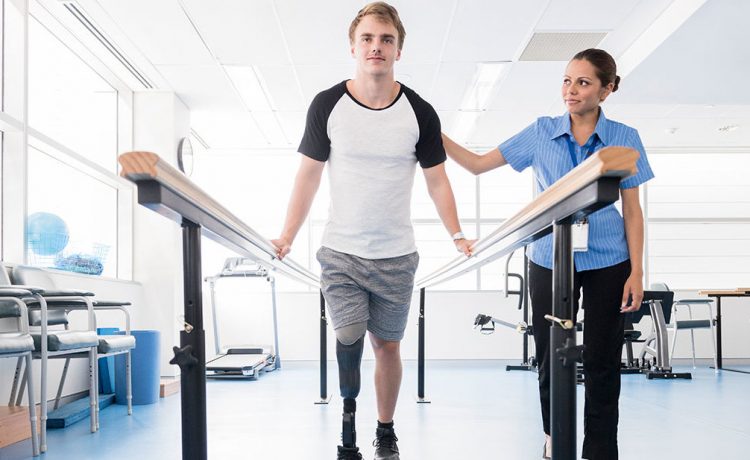Typically, chronic joint pain is associated with arthritis, but some physical ailments can also result in joint deterioration and pain. Although wisconsin physical therapy cannot cure arthritis, it can help alleviate the pain, increase your range of motion in the affected joints, and help you manage your issues to ensure it doesn’t get worse. When not addressed right away, joint pain will worsen over time.
Kinds of Arthritis
When it comes to joint pain, the following types of arthritis are the common culprits:
- Osteoarthritis. This kind of arthritis commonly develops later in life and can result from poor body mechanics, an injury, or overuse of the joint. The cartilage lubricates joints and distributes forces. Without enough cartilage to perform these roles, bones tend to rub together and create pain. Osteoarthritis commonly affects the hands, spine, knees, and hips. Those who have this condition will notice a reduction in their flexibility, joint tenderness, and joint stiffness.
- Rheumatoid arthritis. This arthritis happens when the synovial membrane of the joint becomes inflamed. Aside from causing pain, this inflammation can result in joint deformities and even bone loss. This kind of arthritis presents symptoms such as tenderness, swelling, warmth, and stiffness of the joint. Usually, the pain worsens after rest. Although it generally affects the hands, feet, and wrists, it may progress to other body areas including the knees, hips, and shoulder area. If you have rheumatoid arthritis, you may experience chronic exhaustion, reduced appetite, continual fever, and sporadic pain. Although you need pharmacological intervention to treat arthritis, physical therapy can also help.
What to Expect When You Visit a Physical Therapist for Joint Pain
When you visit your physical therapist for the first time, you will be asked about your symptoms. The therapist must know the kind of joint pain you are experiencing, the time of day when that pain tends to get worse, and any physical activities you engage in regularly. Your therapist may let you go through some simple tests to test your range of motion, posture, and balance. Their findings can help them create a customized therapy regimen to relieve your joint pain and strengthen your muscles for joint support.
Your physical therapy plan may include a combination of body mechanics work, exercise, and manual therapy. You will learn how to move, sit, lift objects, sit, and engage in other daily activities without joint pain. Your physical therapist is trained in manual therapy, which can help soften tissues and relieve pain associated with joint pain.













